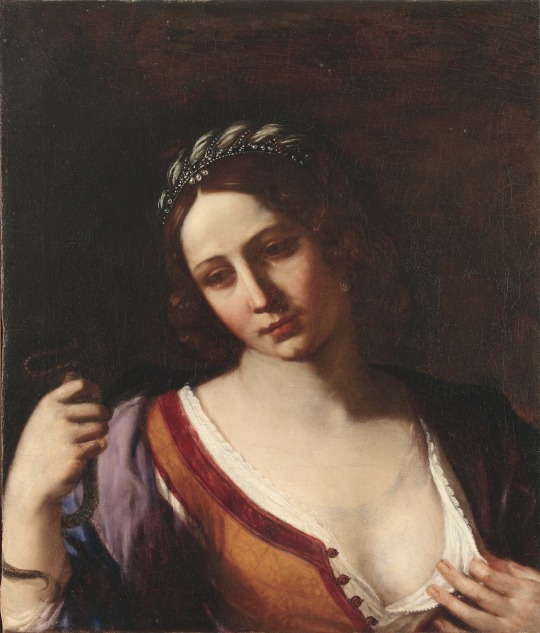#Cesare Gennari
Text
art glass
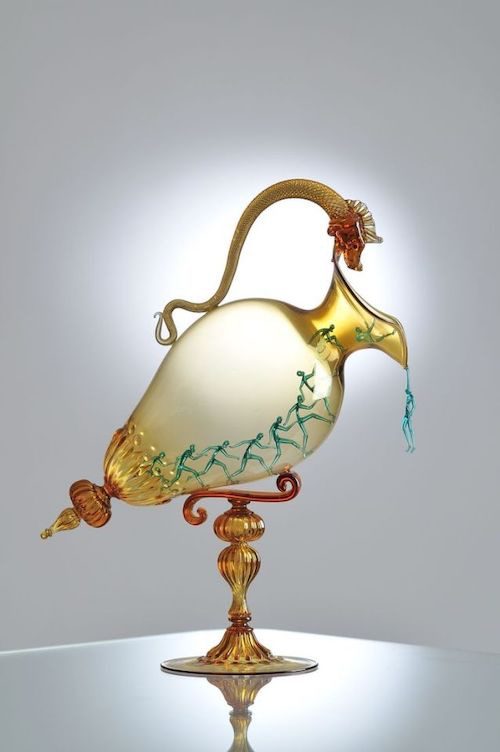
Cesare Toffolo - Anfora Amber
::

Gyorgy Kepes - Abstraction, 1947
::

unknown
::

Joostmarkerink selfie
::
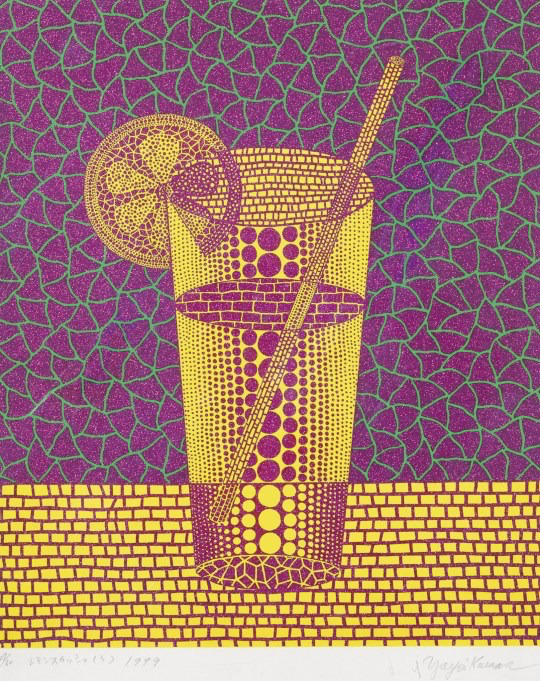
Yayoi Kusama - Lemon Squash (3)
::

Violet Dennison - Chapter Four - Disappointment
::
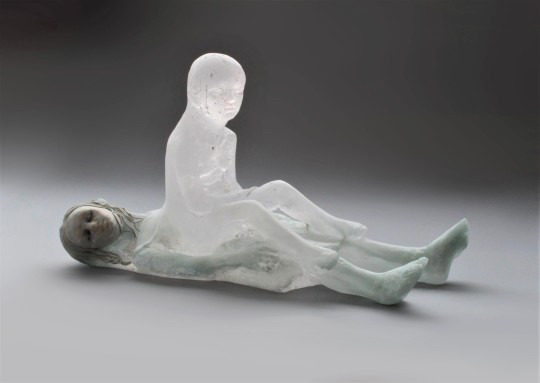
Christina Bothwell - Awakening
::

broken dreams
::

Mark Adams
::

Christos Bokoros - The Bare Essentials
::

Scott Prior
::

unknown
::
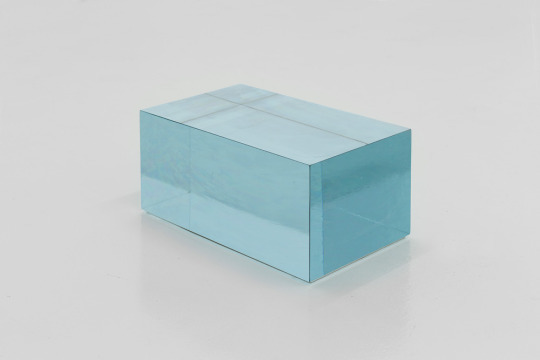
Francesco Gennari
::

Mark Dunford - Buddleja Globosa
::

Lalique - Dans la nuit. 1924
::

Kaj Franck - Kunstglass
::
Wednesday: may flowers
eahostudio gallery
3 notes
·
View notes
Photo

Carlo Battisti in Umberto D. (Vittorio De Sica, 1952)
Cast: Carlo Battisti, Maria Pia Casilio, Lina Gennari, Ileana Simova, Elena Rea, Memmo Caretenuto, De Silva. Screenplay: Cesare Zavattini. Cinematography: G.R. Aldo. Production design: Virgilio Marchi. Film editing: Eraldo Da Roma. Music: Alessandro Cicognini.
Umberto D. is sometimes grouped with Shoeshine (Vittorio De Sica, 1946) and Bicycle Thieves (De Sica, 1948) as the completing element in a trilogy about the underclass in postwar Rome. Shoeshine could be said to be a film about youth, Bicycle Thieves about middle age, and Umberto D. about old age. All three were directed by De Sica from screenplays by Cesare Zavattini that earned the writer Oscar nominations. Although Umberto D. is unquestionably a great film, it also seems to me the weakest of the three, largely because De Sica and Zavattini can't fully avoid the trap of sentimentality in telling a story about an old man and his dog. Umberto D. also relies too heavily on its score by Alessandro Cicognini to tug on our heartstrings. These flaws are mostly redeemed by the great sincerity of the performances, particularly by Carlo Battisti as Umberto, but also by Maria Pia Casilio as the pregnant housemaid, and Lina Gennari as Umberto's greedy landlady. Battisti, a linguistics professor who never acted before or after this film, is the perfect embodiment of the crusty Umberto Domenico Ferrari, a retired civil servant living on a pension that's inadequate to his needs. We're told that he has "debts," which include back rent to the landlady. He has no family except his dog, a small terrier called Flike, whom he dotes on, and no friends except for the housemaid, whose plight, since she's pregnant by one of two soldiers who have no intention of marrying her, is not much better than his. The film is most alive when it follows these characters on their daily rounds: the maid getting up in the morning and starting her chores, which include a continuing battle against the ants that infect the flat, and Umberto walking Flike, encountering old friends who carefully avoid noticing his plight or helping him out of it. He's too proud to beg and unwilling to go into a shelter because he would have to abandon Flike. In the end, he is forced out of the flat by the landlady, and wanders into a park where he tries to give Flike away to a little girl who has played with him there before. Her nursemaid, however, refuses to consider it -- dogs are dirty, she says. In a desperate moment, he picks up Flike, ready to stand in front of an oncoming train and die with him on the railroad tracks, but the dog panics, squirms out of his arms, and runs away. The film concludes with Umberto, having regained Flike's confidence, playing with the dog, their future still uncertain. The inconclusiveness of the final scene helps reduce the sentimentality that has flooded the sequence and focus our attention on Umberto's plight, rather than gratify our desire for closure.
1 note
·
View note
Photo
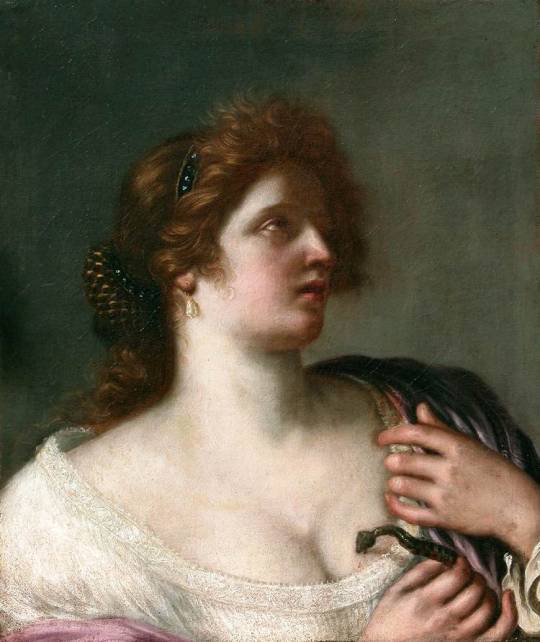
Cleopatra (c.1663). Cesare Gennari (Italian, 1637-1688). Oil on canvas.
Cesare moved to Bologna in 1643 on his uncle Guercino's instigation, moving into the latter's home and entering his workshop with his painter brother Benedetto Gennari. This painting was executed by Cesare in the workshop, however, some critics suggested that Guercino may have had a hand in its execution.
38 notes
·
View notes
Photo
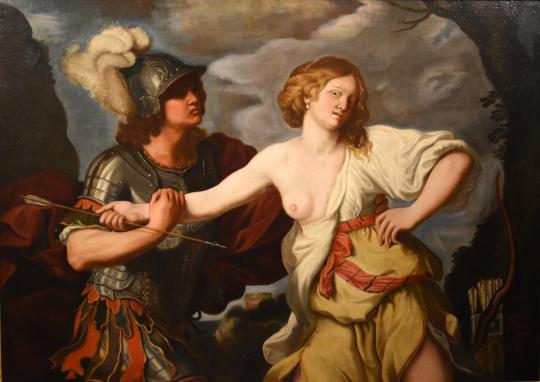
Cesare Gennari (1637 1688) Rinaldo and Armida
15 notes
·
View notes
Photo
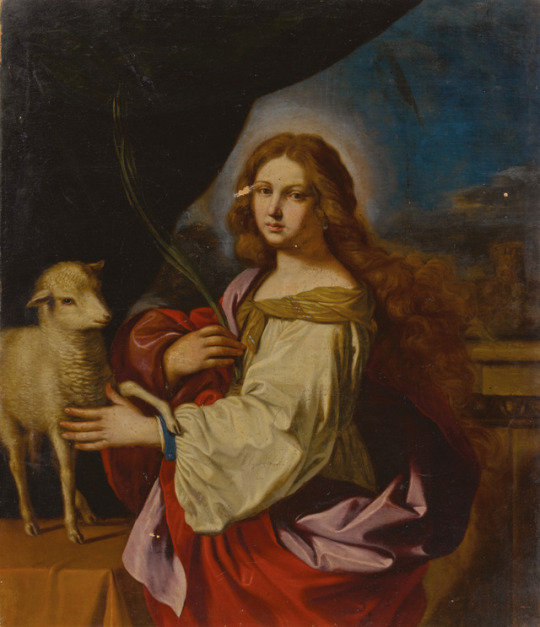
attributed to Cesare Gennari
St. Agnes
oil on canvas, 114.9 x 96.2 cm, 17th century
130 notes
·
View notes
Photo

Saint John of the Cross (Cesare Gennari, 17th century).
(via Pinterest)
#saint john of the cross#christian mystic#mysticism#poet#cesare gennari#renaissance painting#painting#art#occult#collin colsher#gnosticism#christianity#heresey#heresy
10 notes
·
View notes
Photo

1676 Cesare Gennari - Portrait of Laura Garzoni
(Pinacoteca Civica Domenico Inzaghi)
104 notes
·
View notes
Photo

'Cleopatra'. Attributed to Cesare Gennari. 1637-1688.
31 notes
·
View notes
Photo
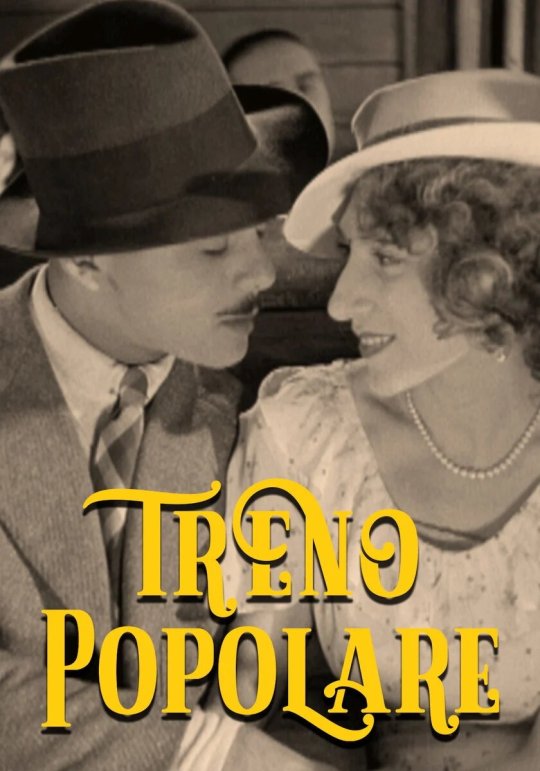

Treno popolare (Middle-Class Train) (1933) Raffaello Matarazzo
August 3rd 2021
#treno popolare#middle-class train#1933#raffaello matarazzo#lina gennari#marcello spada#carlo petrangeli#cesare zoppetti#jone frigerio#maria denis#tourist train
0 notes
Photo

"Orpheus Playing the Violin", by Cesare Gennari (1637–1688). Italian painter of the Baroque period. oil on canvas
52 notes
·
View notes
Photo
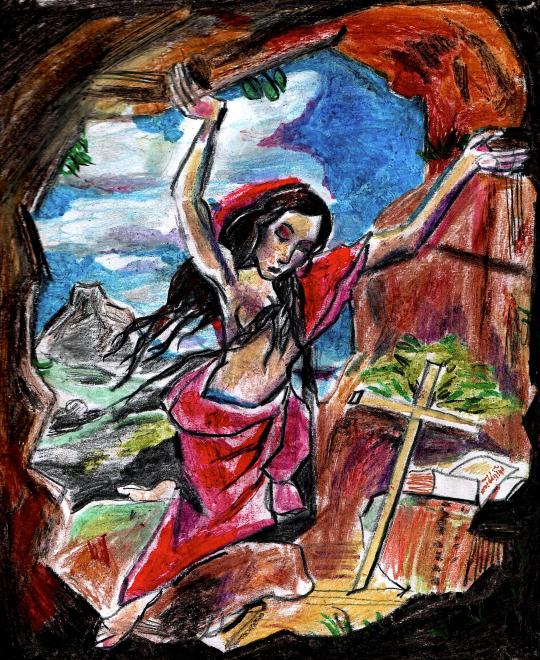
† crayon drawing of Cesare Gennari’s ‘’ Magdalena penitente ‘’ c.1600s †
2 notes
·
View notes
Text
MASTERPOST
Categorías:
Dibujo
Pintura
Escultura
Cine
Arquitectura
Animación
Concept art
Ilustración
A
Tomma Abts
Lawrence Abu Hamdan
Franz Ackermann
Richard Aldrich
Brian Alfred
Francis Alys
Kai Althoff
Yoshitaka Amano
Ghada Amer
Even Amundsen
Hurvin Anderson
Richard Anderson
Wes Anderson
Tadao Ando
Ida Applebroog
Juan Araujo
Tauba Auerbach
Laurel Austin
Michael J. Austin
B
Andrew Baker
John Baldessari
Antonio Ballester Moreno
Matthew Barney
Darren Bartley
Georg Baselitz
James Baxter
Carole Benzaken
Cesar Biojo
Benjamin Björklund
Aaron Blaise
Rob Bliss
Michael Borremans
Lisa Brice
Cecily Brown
Glenn Brown
Borja Buces Renard
Bernard Buffet
Rafal Bujnowski
C
Ricardo Cabral
Varda Caivano
Francisco Calvelo
Brian Calvin
Helen Cammock
Gonzalo Cárcamo
Gillian Carnegie
Merlin Carpenter
Maurizio Cattelan
Gigi Cavenago
Vija Celmins
Zeen Chin
Chuck Close
James Coleman
Philipp Comarella
Iris Compiet
Sarah Crowner
Ángela de la Cruz
John Currin
Amy Cutler
D
Henry Darger
Ian Davenport
Noah Davis
Philippe Decrauzat
Benjamin Degen
Dominik Derow
Rineke Dijkstra
John Dilworth
Markus Döbeli
Peter Doig
Kaye Donachie
Pierre Dorion
Vladimir Dubossarsky
Marlene Dumas
Geirrod Van Dyke
E
Cecilia Edefalk
Thomas Eggerer
Tim Eitel
Franz Erhard Walther
Marco Espinosa
F
Helmut Federle
Roberto Ferri
Eric Fischl
Tom Fox
Moby Francke
Lucian Freud
Bernard Frize
Michael Fullerton
G
Julio Galan
Jorge Galindo
Ellen Gallagher
Fran Garcés
Mario García Torres
Tim Gardner
Jennifer Gennari
Nikolay Georgiev
Kim Jung Gi
Geng Gianyi
Ari Gibson
Wanjin Gim
Wayne Gonzales
Katharina Grosse
Mark Grothan
James Gurney
Wade Guyton
H
Peter Halley
Josephine Halvorson
James B. Ham
Peter Han
N. S. Harsha
Eberhard Havekost
Mary Heilmann
Sophie von Hellerman
Lubaina Himid
Mah Hirano
Damien Hirst
Howard Hodgkin
Gary Hume
Jackqueline Humphries
Steve Huston
I
Callum Innes
Toyo Ito
Eliza Ivanova
J
James Jean
Ruan Jia
Chantal Joffe
Chris Johanson
Jama Jurabaev
Yishai Jusidman
K
Johannes Kahrs
Alex Kaneuski
Jacob Kassay
Alex Katz
Kurt Kauper
Anselm Kiefer
Karen Kilimnik
Martin Kippenberger
R. B. Kitaj
Martin Kobe
Jutta Koether
Ayami Kojima
Satoshi Kon
Peter Konig
Alex Konstad
Karl Kopinski
Kekai Kotaki
Elke Krystufek
Kengo Kuma
Stefan Kürten
L
Studio Laika
Jim Lambie
Maria Lassnig
Sol LeWitt
Songsong Li
Wanjie Li
Fang Lijun
Michael Lin
Dela Longfish
Rael Lyra
M
Jorge Macchi
Marcin Maciejowski
Elizabeth Magill
Michael Majerus
Victor Man
Finnian MacManus
Margherita Manzelli
Marta Marcé
Louis de Masi
I Nyoman Masriadi
Gbariele di Matteo
Leonard McComb
Crash McCreery
Ian McKeever
Lucy McKenzie
Jonathan Meese
Julie Mehretu
Beatriz Milhazes
Yue Minjun
Steve Mitchell
Moebius
Dianna Molzan
Baran Mong
Guillermo Mora
Sarah Morris
Justin Mortimer
Olivier Mosset
Hamoudi Moussa
Craig Mullins
Muntean/Rosenblum
Haruki Murakami
Oscar Murillo
Catherine Murphy
Ishbel Myerscough
N
Yutaka Nakamura
Yusuke Nakano
Yoshitomo Nara
Shirin Neshat
Ernesto Neto
Yasushi Nirasawa
Guillaume Normand
Kazuya Nuri
O
Albert Oelhen
Kazuo Oga
Julien Opie
Silke Otto-Knapp
Karla Ortiz
P
Blinky Palermo
Philip Pearlstein
Stuart Pearson Wright
Enoc Perez
Burno Perramant
Raymond Pettibon
Elizabeth Peyton
Richard Philipps
Lari Pitman
Sigmar Polke
Richard Powell
Richard Prince
Charlotte Prodger
Vitaly Pushnitsky
Q
R. H. Quaytman
Joe Quesada
R
Neo Rauch
Blake Rayne
Paula Rego
Carol Rhodes
Daniel Richter
Gerhard Richter
Matthew Ritchie
Paul Robertson
Scott Robertson
Clare Rojas
Georges Rousse
Royal Art Lodge
Nick Runge
Robert Ryman
S
Vyacheslav Safronov
Andrew Salgado
David Salle
Dennis Sarazhin
Juliao Sarmento
Wilhelm Sasnal
Jenny Saville
Adrian Schiess
David Schnell
Maaike Schoorel
Max Schulz
Sean Sevestre
Tai Shani
George Shaw
Kate Shepherd
Mª José Sicilia
Shazia Sikander
Amy Sillman
Dirk Skreber
Sylvia Sleigh
Matt Smith
Glenn Sorensen
SPA Studios
Hito Steyerl
Sturtevant
Ken Sugimori
T
Tatsuyuki Tanaka
Furio Tedeschi
Mark Tennant
Francisco Toledo
Robbie Trevino
James Turrell
Luc Tuymans
U
Nicolás Uribe
V
Adriana Varejao
Max Verehin
Ángel Vergara
Pieter Vermeersch
Jack Vettriano
Glenn Vilppu
Bill Viola
W
Takumi Wada
Kara Walker
Corinne Wasmuht
Steve Wang
Jonathan Wateridge
Alison Watt
Jeff Watts
Robert Watts
Matthias Weischer
Morgan Weistling
Wendy White
Terryl Whitlatch
Richard Williams
Sue Williams
Christopher Wool
X
Zhang Xiaogang
Y
Santiago Ydañez
Lynette Yiadom-Boakye
Yoh Yoshinari
Donglu Yu
Liang Yuanwei
Lisa Yuskavage
Z
Luiz Zerbini
Su Zhang
Feng Zhu
65 notes
·
View notes
Photo

A Study for the Magdalene, Cesare Gennari, 16th-17th century, Harvard Art Museums: Drawings
Harvard Art Museums/Fogg Museum, Bequest of Charles A. Loeser
Size: actual: 14.6 x 11.8 cm (5 3/4 x 4 5/8 in.)
Medium: Black chalk on off-white antique laid paper
https://www.harvardartmuseums.org/collections/object/298722
3 notes
·
View notes
Text
"What is grace?” I asked God.
and He said,
“All that happens.”
Then He added, when I looked perplexed,
“Could not lovers
say that every moment in their Beloved’s arms was grace?
Existence is my arms,
though I well understand how one can turn
away from
me
until the heart has
wisdom.
- Saint John of the Cross
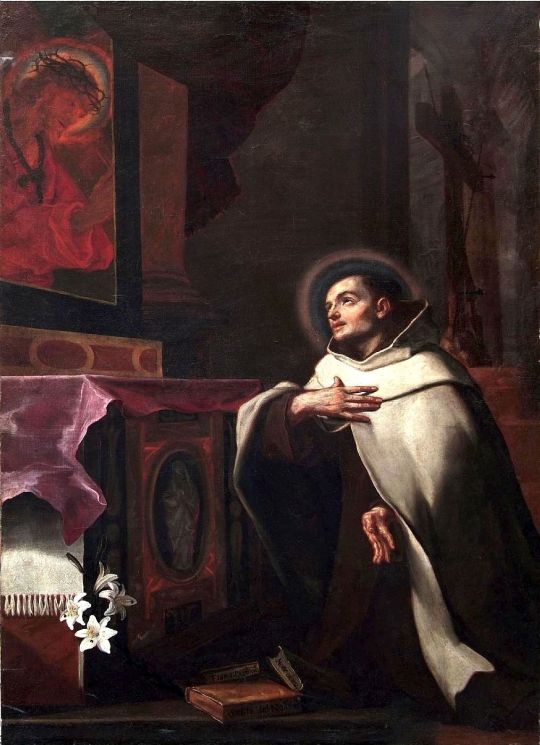
Saint John of the Cross (Cesare Gennari, 17th century).
#love#mysticism#religion#spirituality#quotes#poetry#sufi#nondualism#theology#wisdom#god#sufism#christianity#sikh#christ#christian mysticism#jesus christ#saint john of the cross#st. john of the cross#catholic#orthodox#christian#grace#bhakti#mythology#protestant#quaker#dark night of the soul#rennaisance art#cesare genarri
323 notes
·
View notes
Text
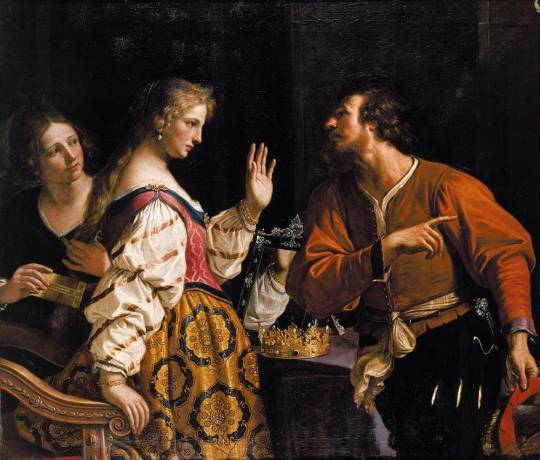

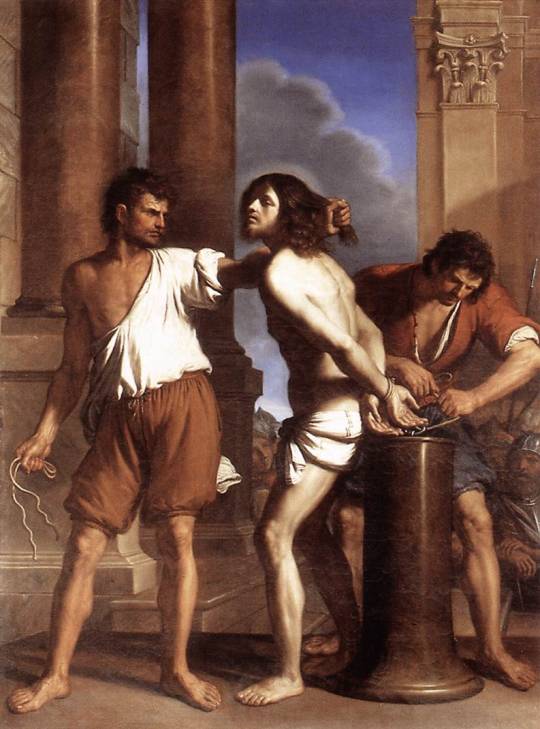
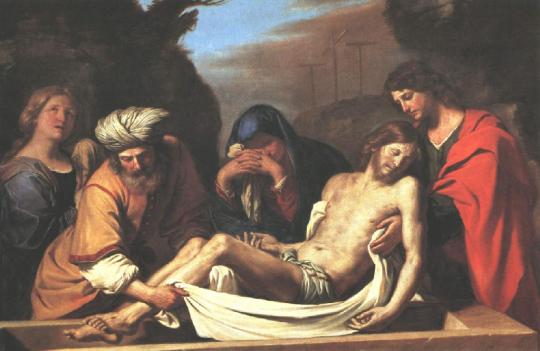
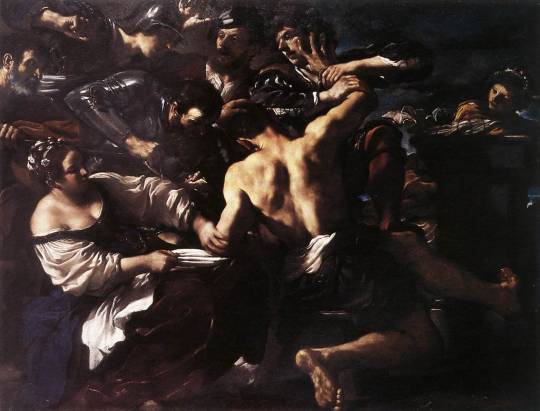
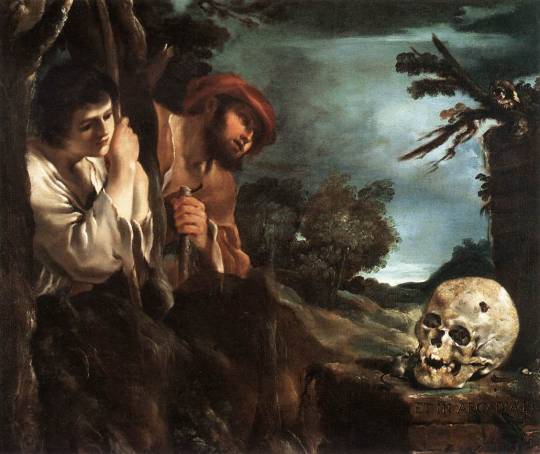
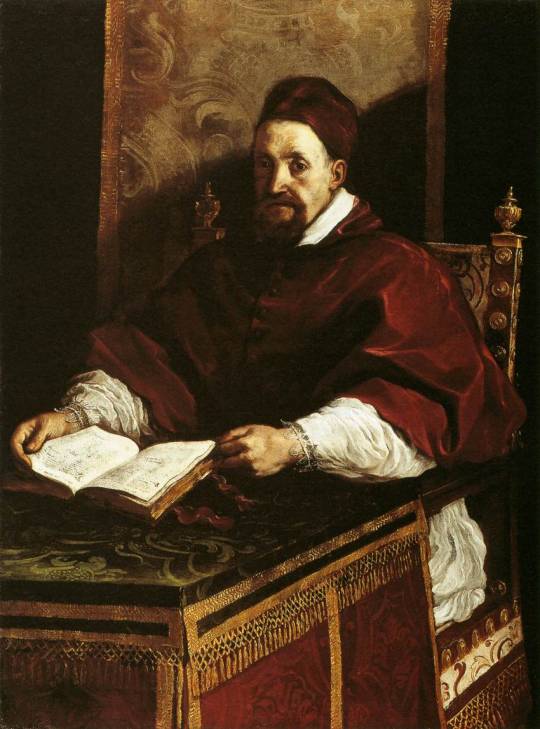

By: Amy Fredrickson
Baroque painter and prolific draftsman Giovanni Francesco Barbieri, known as Guercino, died on 22 December 1666 in Bologna. He was born on 8 February 1591 in Cento, a rural town located near Ferrara in Emilia-Romagna. According to his contemporary biographer Carlo Cesare Malvasia, Guercino was nicknamed “the squinter” after he was left cross-eyed following a childhood accident
Guercino trained locally in the art of drawing; however, he was largely a self-taught artist. He entered Benedetto Gennari the Elder's workshop where he remained until Gennari’s death in 1610. Guercino's paintings display a clear influence from both the Ferrarese and Bolognese schools. Moreover, his works especially show the influence of Ludovico Carracci.
In 1613, Guercino received his first commission, which was acquired through his friend and supporter, Father Antonio Mirandola. He painted an altarpiece depicting the Glory of All Saints for the church of Santo Spirito in Cento.
Other notable private commissions followed, such as frescoes in the Provenzale and Panini residences in Cento. Guercino also had notable commissions from the Medici and Gonzaga families.
In 1621, Pope Gregory XV invited Guercino to Rome, where the artist stayed for close to three years. He played an influential role in the development of Roman High Baroque art. One of Guercino's largest commissions was the decoration of the Casino Ludovisi, for the Pope's nephew. The main fresco, a portrait of Aurora, exhibits Guercino’s mastery of foreshortening, which was used to create the illusion that there was no ceiling to the viewer.
After Pope Gregory XV died in 1623 Guercino returned to Cento, where he opened a bustling studio. His reputation was solidified in Rome, and his works were sought after internationally. He received commissions from King Charles I of England and Marie de’ Medici, Queen Mother of France. In fact, he turned down the opportunity to be a court artist in both London and Paris.
When Guido Reni died in 1642, Guercino moved to Bologna where he ran his studio and was the lead painter until his death in 1666.
References:
Griswold, William M., "Guercino," Metropolitan Museum of Art Bulletin 48 (Spring 1991).
Mahon, Denis and Nicholas Turner, The Drawings of Guercino in the Collection of Her Majesty the Queen at Windsor Castle, (Cambridge, 1989).
Malvasia, Carlo Cesare, Felsina pittrice: Vite de' pittori bolognesi. 2 vols. (2nd ed., Bologna, 1841).
Images:
Semiramis Called to Arms, 1645, Oil on canvas, 130 x 152 cm, Private Collection.
Hersilia Separating Romulus and Tatius, 1645, Oil on canvas, 253 x 267 cm, Musée du Louvre, Paris.
The Flagellation of Christ, 1657, Oil on canvas 250 x 185 cm, Galleria Nazionale d'Arte Antica, Rome.
The Entombment of Christ, 1656, Oil on canvas, Art Institute, Chicago.
Samson Captured by the Philistines, 1619, Oil on canvas, 191 x 237 cm, Metropolitan Museum of Art, New York.
Et in Arcadia Ego, 1618-22, Oil on canvas, 82 x 91 cm, Galleria Nazionale d'Arte Antica, Rome.
Portrait of Paul Gregory XV, 1622-23, Oil on canvas, 134 x 98 cm, J. Paul Getty Museum, Los Angeles.
Aurora, 1621, Fresco, Casino dell'Aurora, Villa Boncompagni, Ludovisi, Rome.
134 notes
·
View notes
